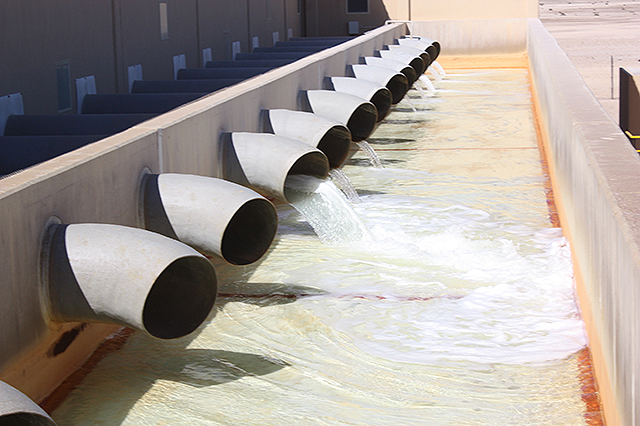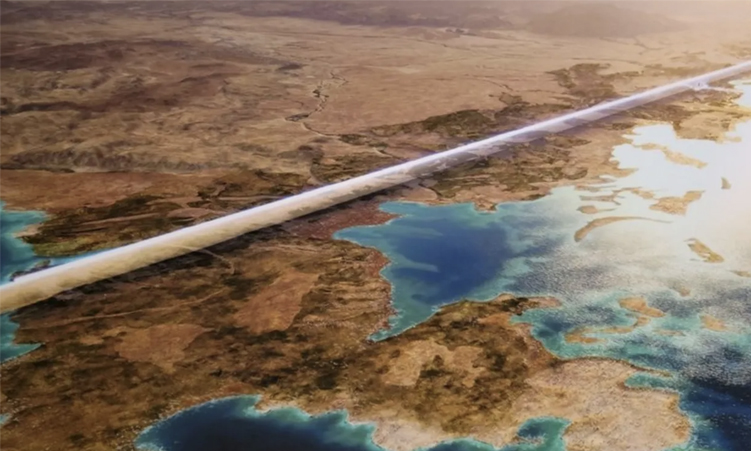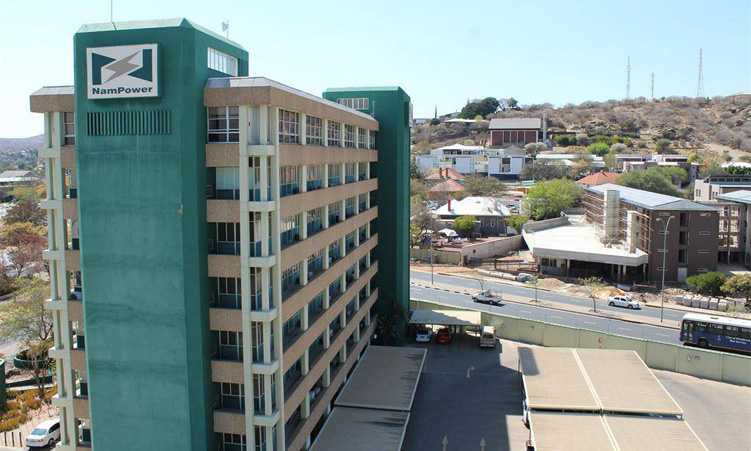THE water to be produced from the planned multibillion-dollar desalination plant could be too expensive for end consumers – especially the vulnerable communities in rural areas and informal settlements.
This water could cost even more if the project is implemented as a public-private partnership (PPP), a model which mostly focuses on maximising profit for investors.
This is according to a study conducted by independent consulting companies contracted by NamWater on the feasibility of developing a desalination plant and water carriage system to secure water supply to the central coast, Windhoek and en-route users.
This project has been on the government’s books for years.
The government is also exploring the option of partnering with Botswana on the proposed project to provide water to the drought-stricken neighbouring country.
The Namibian reported earlier this year that the proposed project could cost more than N$3,5 billion.
NamWater is the project’s executing agency, which was earlier this month directed by the Cabinet to approach international and local development banks, as well as “collaboration partners and uranium mines” to source funding for the project.
According to a statement on the outcome of last week’s Cabinet meeting, the proposed project will be implemented in phases over a period of two to five years.
The Ministry of Finance through its procurement unit and in consultation with NamWater was told to proceed with the ongoing PPP screening for the project.
Although potential investors to partner with the government on this project have not been officially announced yet, Russian billionaire Rashid Sardarov reportedly has an interest in the project.
Sardarov earlier this year made a presentation to president Hage Geingob and his Botswana counterpart Mokgweetsi Masisi on how he intends to partner with the government on the project.
The report on the feasibility study, however, states that if the project is implemented through a PPP model, it could hike the cost of water.
“… There is a risk that increased water tariffs will disproportionately affect people already living in poverty. If the project is built and operated by a public private partnership (PPP) scheme, there will be additional pressure for a profit element from the private shareholders and clients,” the report states.
While the project would have social and economic benefits for Namibia, its consultants advised the government to avoid bringing in too much private-sector capital as it could have a direct negative impact on the price of water for vulnerable communities.
The objective of the proposed system is to supply potable water, derived from seawater desalinated at the coast, through a pipeline system to the central coastal area and to Windhoek, as well as to en-route users, including Arandis, Usakos, Karibib and Okahandja.
After its full completion, the plant is estimated to feed up to 68,24 million cubic metres per annum of processed water into the bulk water supply network.
The report shows that unit costs for desalinated water at a conservative value of US$ 3 per cubic metre would equate to nearly N$ 54 per cubic metre at the desalination plant.
Added to this would be the cost of pumping infrastructure and maintenance to bring the water from the plant to various end users and to Windhoek.
In comparison to this, the highest water tariffs are charged by the City of Windhoek at N$22,5 per cubic metre.
This is less than double the expected cost of desalinated water.
Currently, Windhoek residents in informal settlements can fill a 25-liter container for less than N$2 dollar at communal water taps.
It is not known if the cost of prepaid water in informal settlements would also be hiked.
The cost of desalinated water is already known to be high for other towns, such as Swakopmund and Walvis Bay, which are already using desalinated water from the Orano Erongo Desalination Plant.
However, this cost is reduced due to the proportional allocation of the groundwater yields, leading to NamWater charging these local authorities a ‘blended tariff’.
NamWater’s mining customers, while nominally charged a ‘diesel tariff’, are in fact charged at full cost recovery rates plus a transfer charge, as determined by NamWater’s finance division.
NamWater’s chief executive officer, Abraham Nehemia, yesterday said the government is cautious of the possible risk of a high water cost to end consumers.
He said NamWater is already looking at ways to reduce the risk of high water tariffs for poor communities.
Stay informed with The Namibian – your source for credible journalism. Get in-depth reporting and opinions for
only N$85 a month. Invest in journalism, invest in democracy –
Subscribe Now!






